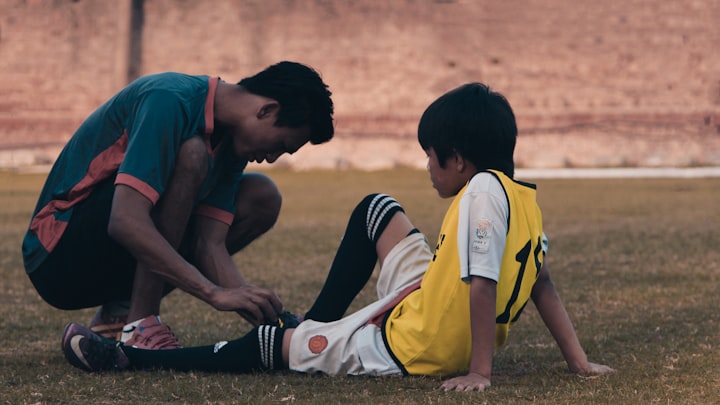How to Speed up Your Recovery from an Injury
An injury is no fun. It restricts activity, social life and more. Take a look at these steps and learn how to improve your chance of a quick recovery.

An injury, especially one that is severe, can have a lot of impact on various aspects of one's life. Hence, most victims tend to become eager to try remedies that can speed up the healing process.
After an injury, there must be an adequate healing period during which the injured must carry out activities that promote healing.
Ideally, the rate at which injuries heal depends on some non-modifiable factors such as the extent of the injury, age, genetics, and health status, among others.
However, some actions can aid or promote the recovery process and facilitate rapid healing. Listed below are seven steps to take when recovering from an injury.
Allow a Resting Period
When a person is injured, the body expends an increased amount of energy to heal the broken bones, torn tissues, and wounded skin cells.
Immediately after an injury, it is recommended to take a brief hiatus from everyday activities and get adequate rest.
While you can still do some mundane tasks, avoid intense activities, especially ones that stress the affected part.
By allowing a resting period, the body can focus a higher percentage of its energy on repairing the wound, reducing the risk of complications and re-injury.
Increase Your Range of Motion
After an adequate resting period, the wounded tissues should be healed enough to support an increase in activities and range of movement.
Hence, you can actively start rehabilitating the affected part to restore normal functioning. At this point, you can start carrying out some low-intensity exercise activities, which do not have to be limited to the wounded body part.
Activities such as walking, running in water, and strength training are ideal for this recovery journey stage.
Improve Your Nutritional Status
Your nutritional status is a significant factor in how soon and how well your wound would heal up.
The body requires an increased amount of nutrients and calories to restore optimal health. Deficiency in essential nutrients usually leads to non-healing, mal-union or malformations, and many other complications.
You need to eat a balanced diet, especially one that is rich in proteins and vitamins, to stimulate adequate tissue repair. Be sure to follow the diet plan given by your nutritionist or physician.
Use Proper Rehabilitation Equipment
The kind of equipment you use during rehabilitation can affect your recovery, either positively or negatively.
Before you start using a piece of equipment, get approval from your doctor or physiotherapist. Also, be sure to always use good quality machines with features that can provide benefits to the healing process.
For instance, in cases requiring immobilization or affecting one's ability to walk, active mobility scooters are beneficial as they help provide independence without causing further damage to the affected body part.
Know What Works for You
From doctor's prescriptions to mainstream media, there are many techniques and strategies that can be employed to facilitate the healing of an injury.
Although there is a possibility that these methods will produce beneficial effects, not all of them can be suitable for you.
Before you begin to actively use a treatment method, you need to ensure that it is safe and would not worsen your injury.
Test out the technique and take note of its effects on the wound and the whole body. As soon as you figure out which treatment methods are most beneficial for you, stick to them and use them frequently.
Establish a Workout Regimen
Not only can exercise aid in the healing of injuries, it also increases the body's fitness level, reducing the incidence of re-injury.
It is advisable to establish a workout routine that benefits your healing and gets you back to the level of conditioning your body had before the injury.
You can choose to maintain your previous level of fitness or go further than your pre-injury state.
The most crucial objective is to restore the wounded part completely or as close as possible to its normal functioning.
Set Realistic Goals
During your recovery period, you can set short-term and long-term goals regarding your healing process.
Ensure that these goals are achievable within the provided timeframe and would be beneficial to your health status.
Track your progress judiciously to know when these goals are met and set new ones to replace those you have achieved.
Keep on trying and reaching for the desired result, regardless of setbacks and challenges.
About the Creator
Martin Bagel-Brown
Martin lives in Australia and works in web design. Martin enjoys golf, reading and underwater carpet skiing.






Comments
There are no comments for this story
Be the first to respond and start the conversation.